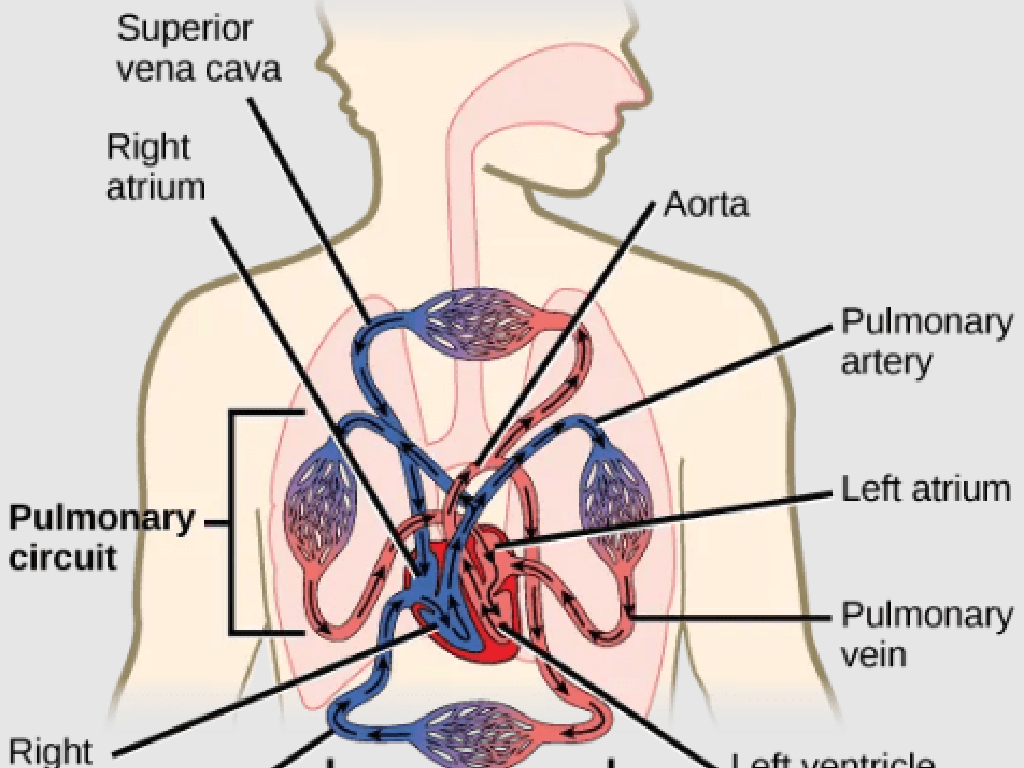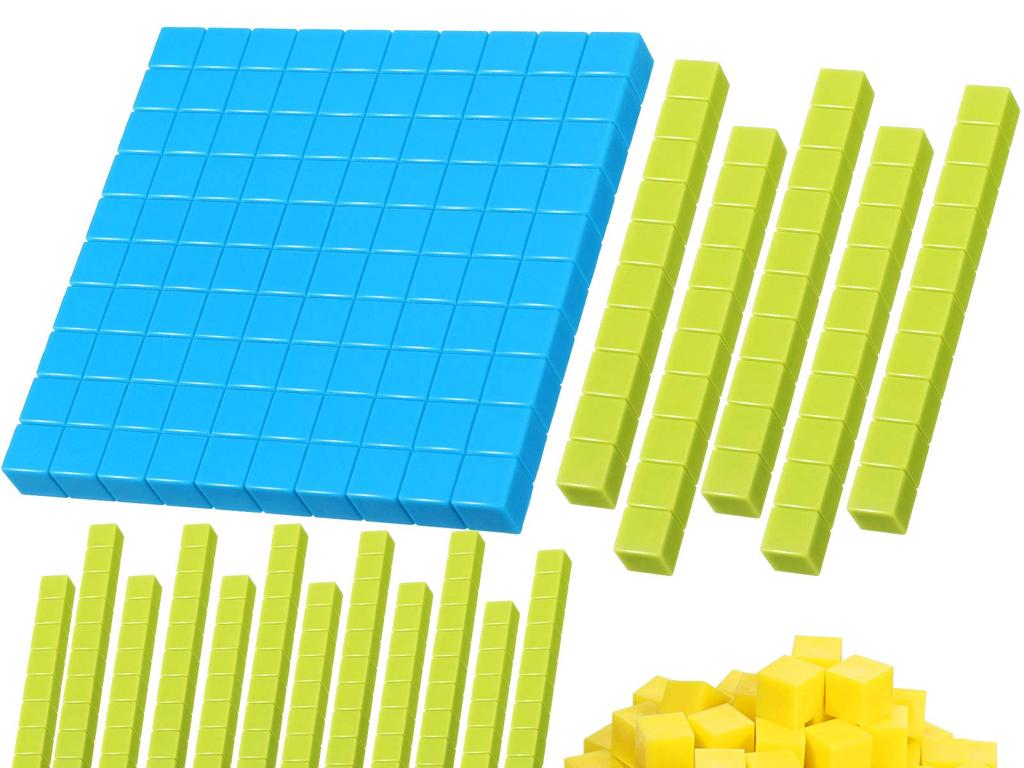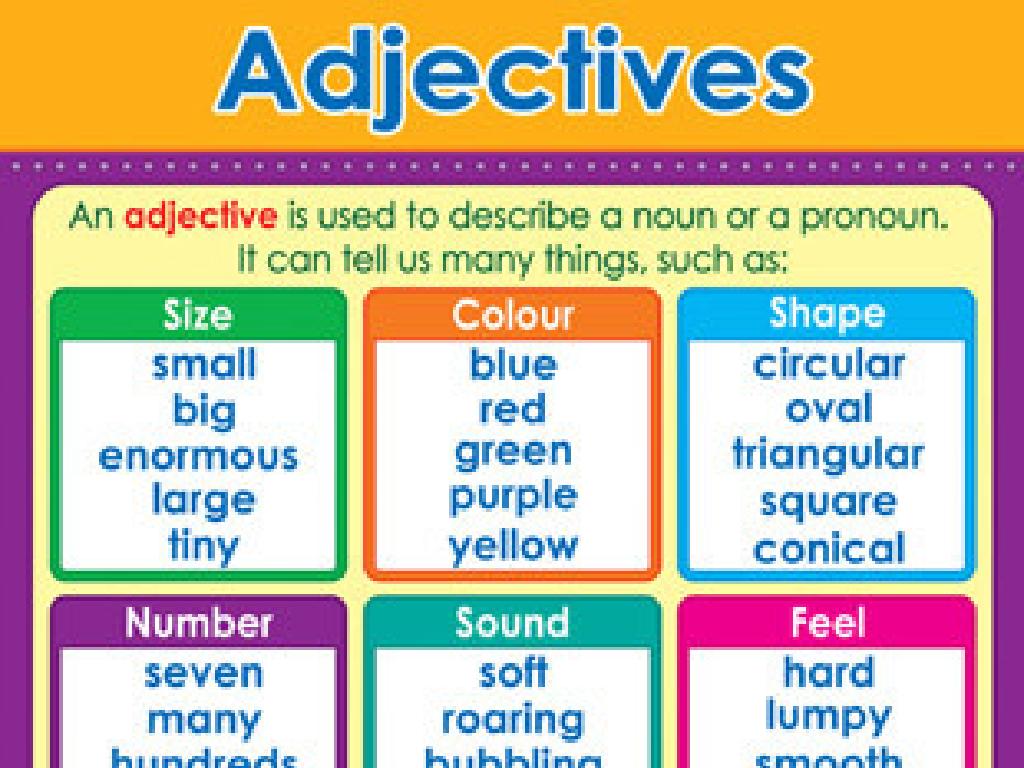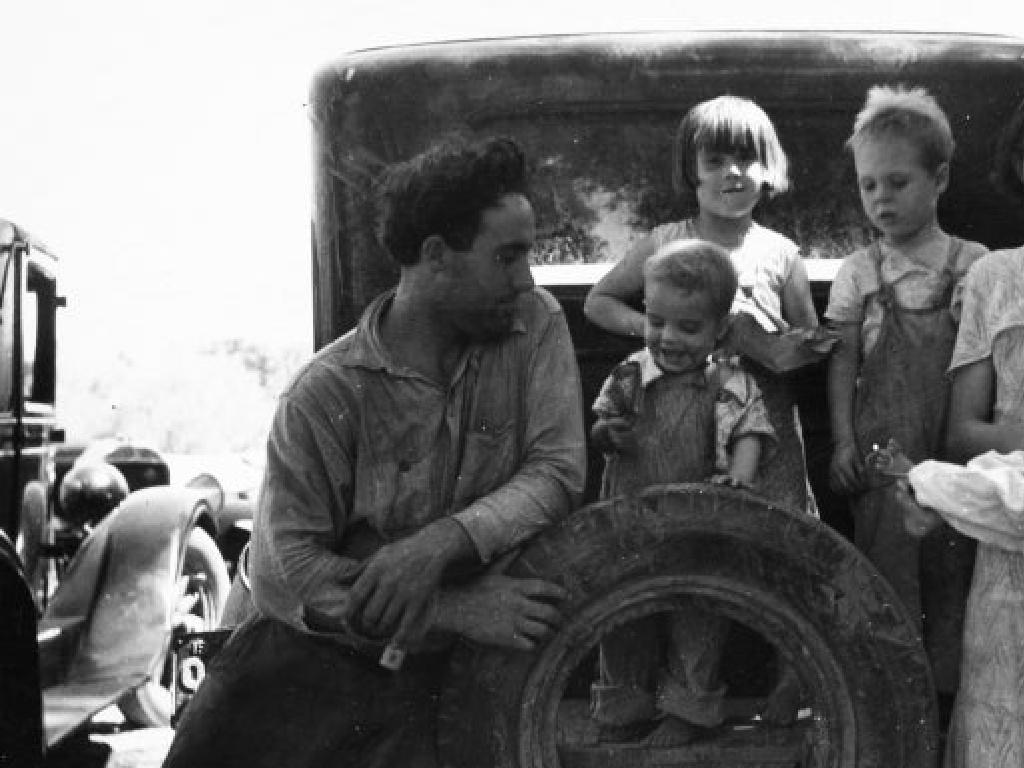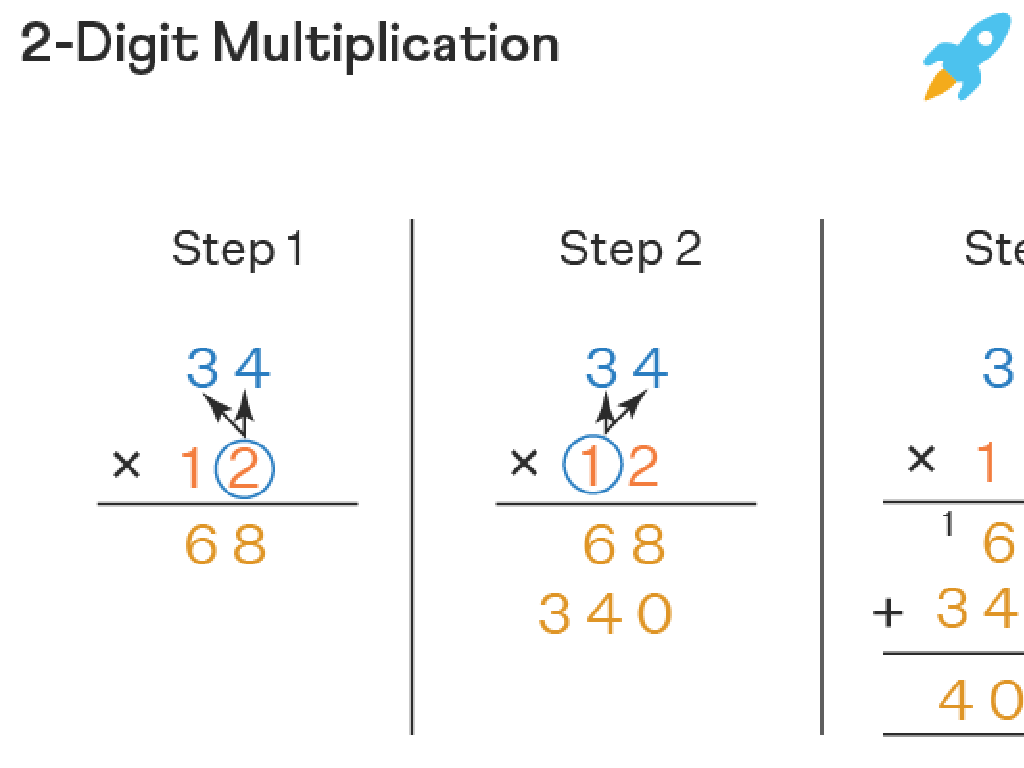Which Picture Shows More?
Subject: Math
Grade: Third grade
Topic: Money
Please LOG IN to download the presentation. Access is available to registered users only.
View More Content
Introduction to Money: Understanding Value
– What is money?
– Coins vs. bills
– Coins and bills are physical forms of money
– Comparing money values
– Learn which forms of money have higher value
– Activity: Which shows more?
– Use real or play money to compare different amounts
|
Begin the lesson by discussing the concept of money as a medium of exchange used to buy goods and services. Introduce coins and bills as the two primary physical forms of money, highlighting the differences in their appearances and uses. Explain that different coins and bills have different values, and it’s essential to recognize these values to determine which is worth more. For the class activity, provide students with real or play money and ask them to compare different sets of coins and bills to decide which group shows a higher total value. This hands-on activity will help solidify their understanding of money’s worth and enhance their ability to use money in real-life situations.
Coins and Their Values
– Identify U.S. coins
– Penny, Nickel, Dime, Quarter
– Learn each coin’s value
– Penny=1¢, Nickel=5¢, Dime=10¢, Quarter=25¢
– Count coins for one dollar
– How many of each to make 100¢?
– Practice with examples
– Use real coins or pictures to count
|
This slide introduces students to the basic U.S. coins and their values, which is essential for understanding money. Start by showing real coins or clear images of a penny, nickel, dime, and quarter. Explain the value of each coin. Then, engage the students in an activity where they count combinations of coins to make one dollar, reinforcing their counting and addition skills. Encourage them to use physical coins or manipulatives for hands-on learning. Provide examples, such as ‘How many nickels make a dollar?’ or ‘If you have two quarters, how many dimes do you need to make a dollar?’ This will help them visualize and understand the concept of combining different coin values to reach a sum of one dollar.
Understanding Money: Bills and Their Values
– Identify U.S. currency bills
– Recognize $1, $5, $10, and $20 bills
– Learn the value of each bill
– $1 is the least, $20 is the most
– Combining bills with coins
– Use bills and coins for exact amounts
– Practice with real-life examples
|
This slide is aimed at helping third-grade students understand the different denominations of U.S. currency bills and their respective values. Start by showing real or play money to help students identify the $1, $5, $10, and $20 bills. Discuss the value of each bill and how it corresponds to its number. Explain that while bills represent larger amounts, coins are used for smaller amounts and can be combined with bills to make exact payments. Engage the class with real-life scenarios where they have to use a combination of bills and coins to ‘purchase’ classroom items. This practical application will solidify their understanding of using different forms of money together.
Which Picture Shows More Money?
– Observe pictures of money
– Compare money values
– Use counting skills to add up coins and bills
– Decide which has greater value
– Look for the picture with the higher total amount
– Explain your reasoning
– Share why one amount is more than the other
|
This slide is aimed at helping third-grade students apply their knowledge of money to determine which of two pictures shows a greater monetary value. Start by presenting pictures with different combinations of coins and bills. Encourage the students to use their counting skills to add up the amounts in each picture. Then, ask them to compare the totals and decide which one is greater. It’s important to guide them to not only identify the picture with the higher value but also to articulate their reasoning, reinforcing their understanding of money values and comparison. This exercise will enhance their practical math skills and prepare them for real-life situations where they need to handle money.
Comparing Money: Making Smart Choices
– Practice comparing money amounts
– Look at different piles of coins and bills, which has more?
– Real-life examples: Can you buy it?
– If you have $5, can you buy a toy that costs $3? What about one that costs $6?
– Learn to make smart money choices
– Think about what you need and what you want. Which should you spend money on first?
|
This slide is aimed at helping students understand the concept of comparing different amounts of money, which is a practical skill they will use throughout their lives. Start by showing them pictures of different amounts of money and asking them to identify which is more. Then, move on to real-life examples where they have to decide if the money they have is enough to buy a certain item. This will help them to start thinking about the value of money and how to make choices when spending. Encourage them to consider needs versus wants when making purchases. This is also a good opportunity to introduce the concept of saving and waiting to buy something they really want or need.
Class Activity: Money Match-Up
– Play the Money Match-Up game
– Match money to coins/bills
– Find the right combination of coins/bills for given amounts
– Discuss value differences
– Why is $1.25 more than 4 quarters?
– Understand money’s worth
– Learn to recognize which group of money has a higher value
|
This interactive activity is designed to help students understand the concept of money and its value. Set up stations with different sets of coins and bills and the corresponding amount they add up to. Students will match the physical money to the written amounts. After matching, lead a discussion on why certain sets of money are worth more than others, even if they have the same number of coins or bills. For example, four quarters equal a dollar, but a dollar bill and a quarter is more. This activity will help students to visually and practically understand the value of different denominations of money. Possible variations for different students could include matching exact amounts, ordering sets of coins from least to greatest value, or finding multiple ways to make the same amount with different coins.
Money Matters: Review & Looking Ahead
– Recap: Understanding money
– We learned to identify different coins and bills and their values.
– Importance of money knowledge
– Knowing about money helps us in everyday shopping and saving.
– Next class: Making change!
– We’ll learn how to give the correct amount of change after a purchase.
– Keep practicing at home
|
This slide aims to consolidate the students’ learning about money, emphasizing the importance of recognizing different coins and bills and understanding their values. Highlight why it’s crucial for everyday activities like shopping and saving. Preview the next lesson on making change, which is a practical skill they will use often. Encourage students to practice with real or play money at home to reinforce their skills. The review should be interactive, asking students questions and possibly playing a quick game to refresh their memory.

